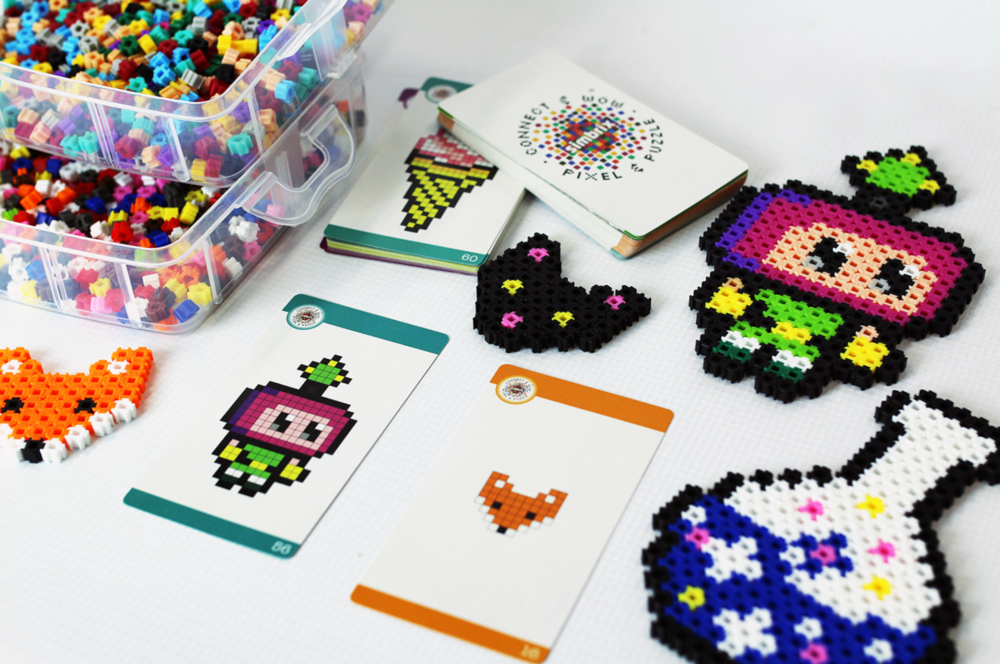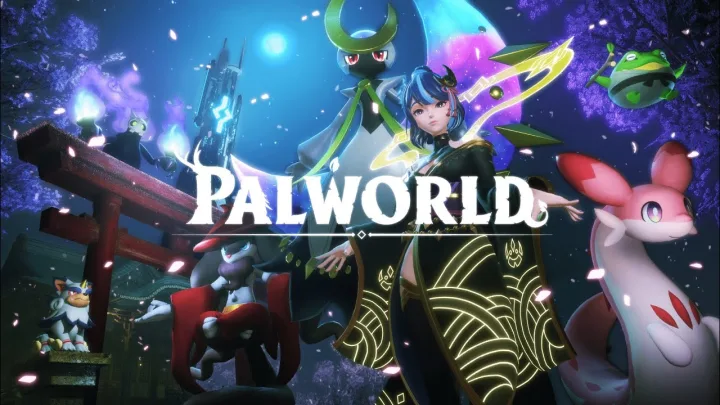The Artistry of Pixels: How Pixel Art Continues to Shine in Gaming
Introduction
Pixel art, with its humble origins in the early days of video gaming, has carved out a unique and enduring niche in the world of digital art. While modern gaming has witnessed leaps and bounds in terms of graphics and technology, pixel art remains a beloved and essential element in the gaming world. In this blog post, we will explore the captivating world of pixel art in gaming, its evolution, and the reasons why it continues to thrive even in 2023.
The Genesis of Pixel Art
Before we dive into the modern realm of pixel art, it’s essential to understand its origins. In the late ’70s and early ’80s, limited hardware capabilities forced game developers to use tiny squares, or pixels, to craft their in-game visuals. The results were the rudimentary, yet charming, pixel art designs of classic arcade and console games like Pac-Man, Space Invaders, and Donkey Kong.
Pixel art wasn’t just a result of technical limitations; it was a conscious artistic choice. Game developers soon realized that within those constraints, they could create captivating, expressive characters and environments that players could easily identify with. The simplicity of pixels allowed for a high degree of creativity and imagination.

The Resurgence of Pixel Art
As technology advanced, pixel art took a back seat to more sophisticated 3D graphics. However, in the late ’90s and early 2000s, pixel art experienced a resurgence. Indie developers, nostalgic for the games of their youth, began to embrace pixel art as a deliberate stylistic choice. Games like “Super Meat Boy,” “Fez,” and “Stardew Valley” proved that pixel art could still be a powerful and visually appealing medium, even in an era of hyper-realistic graphics.
The Appeal of Pixel Art in Gaming in 2023
Pixel art continues to hold a special place in the gaming industry in 2023, and its appeal remains as strong as ever:
1. Nostalgia: The nostalgia factor is even more potent as time goes on. Gamers who grew up with pixel art classics now seek out modern games that pay homage to the visual style of their youth.
2. Accessibility: In an era of diverse gaming platforms, from powerful gaming PCs to handheld devices, pixel art games are accessible to a wide range of players. This accessibility ensures that the charm of pixel art can reach a broad audience.
3. Artistic Expression: Pixel art has evolved in surprising ways. Today’s pixel artists push the boundaries of the medium, creating intricate and visually stunning worlds that were once thought impossible with such limited tools.
4. Timelessness: Pixel art has demonstrated its timelessness by remaining visually appealing and artistically relevant in 2023. Games like “Hyper Light Drifter” and “Celeste” are celebrated for their pixel art aesthetics.
5. Focus on Gameplay: Modern pixel art games often prioritize gameplay, harkening back to the core principles of gaming. By simplifying visuals, developers can concentrate on delivering engaging and immersive gameplay experiences.
Conclusion
Pixel art isn’t just a relic of the past; it’s a thriving and evolving art form that continues to shape contemporary gaming. In a world where technology evolves at an unprecedented pace, pixel art stands as a testament to the enduring power of simplicity and creativity. So, as you enjoy the latest pixel art game on your favourite platform in 2023, take a moment to appreciate the timeless artistry of those tiny squares on your screen—they’ve been an essential part of gaming’s history and continue to illuminate its future.






